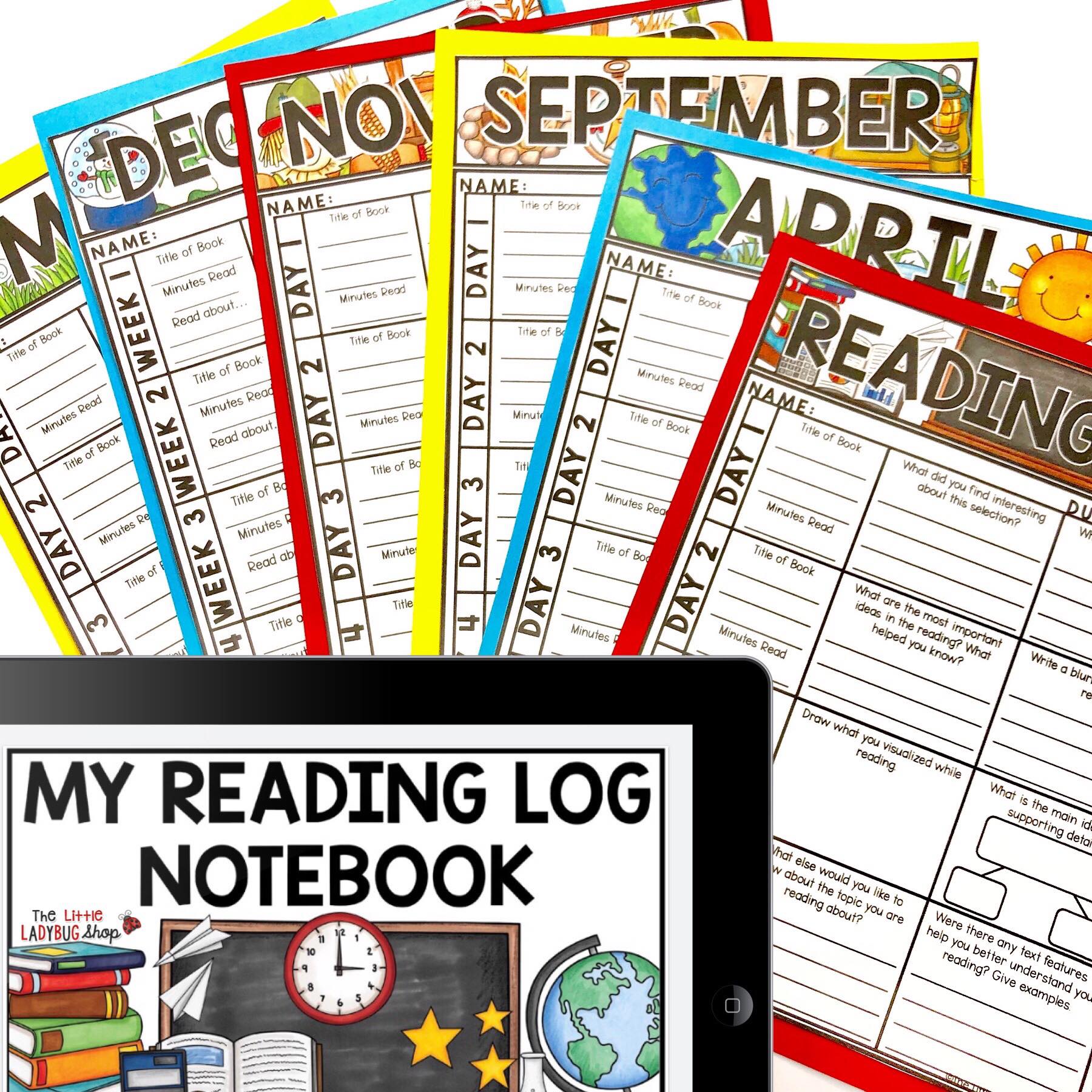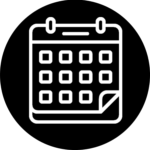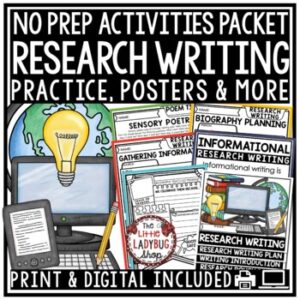
Reading Logs in Upper Elementary
Share it:
One thing I encourage my students to do outside of class daily is read! Studies show that even reading twenty minutes a day can drastically improve reading comprehension and even raise standardized test scores. Plus, reading independently helps our students enjoy reading more by focusing on texts that they love! Whether your students are reading informational or narrative texts, there are several different ways to use reading logs with questions in the classroom.

Using reading logs to hold student accountability
Holding your students accountable for outside reading is just one reason to have them keep track of their own independent reading. Many students are motivated to read on their own, but sometimes recording books and minutes read will help students stay focused on their goals. Weekly reading logs will help your students record what they read each day.



Purchase the Reading logs Bundle Here
Using Reading Logs to Teach: Main Idea
Reading logs do not have to just contain basic information like titles, page numbers read, and minutes logged. Using a reading log is a great way to help your students determine the main idea of the text they’re reading. For students that struggle with main idea, I recommend using sticky notes to jot down important words or phrases on each page (for fiction) or section (for nonfiction) of the text. Students can then look at the notes to help put them together and determine the main idea. Using sticky notes or formalized handouts are a form of reading logs!
Using Reading Logs to Teach: Predictions
After writing summaries or main ideas of sections, chapters, or just reading sessions, I ask my students to make predictions about what will happen next. This is especially helpful while reading narrative nonfiction or fiction. Talk with your students about elements of plot including the exposition, initial conflict, and rising action (to build suspense). Ask your students what they believe will be the climax of the story? Making predictions helps students analyze text, develop critical thinking skills, and get excited about what they’re reading! Recording predictions on reading logs can help students organize their thoughts to revisit later to see whether or not their predictions were correct.

Purchase the Reading logs Bundle Here
Using Reading Logs to Teach: Visualization
Reading logs don’t have to just focus on text. Having your students draw symbols or illustrations to visualize what they are reading will help improve reading comprehension. I always tell my students that the best readers have little movies in their heads when they read. They can picture what is happening as they read. That’s why many students are disappointed when they see some films based on books they have read. You may hear them say, “that’s not how I pictured that character!” They visualized the characters or plot in a different way than it translated on screen.
Reading logs are a powerful way for students to record their daily and weekly reading, improve reading comprehension by summarizing text and making predictions, and even visualizing what they learn and experience through the text. Try out these pre-made reading logs in your elementary classroom for many different ways to use reading logs in the classroom!
Shop the Reading Log and Other Reading Resources On Our Shop Here
Make sure to Pin and Save this Post for Future Reference

This post may contain affiliate links for your convenience. View our full disclosure policy here.


















